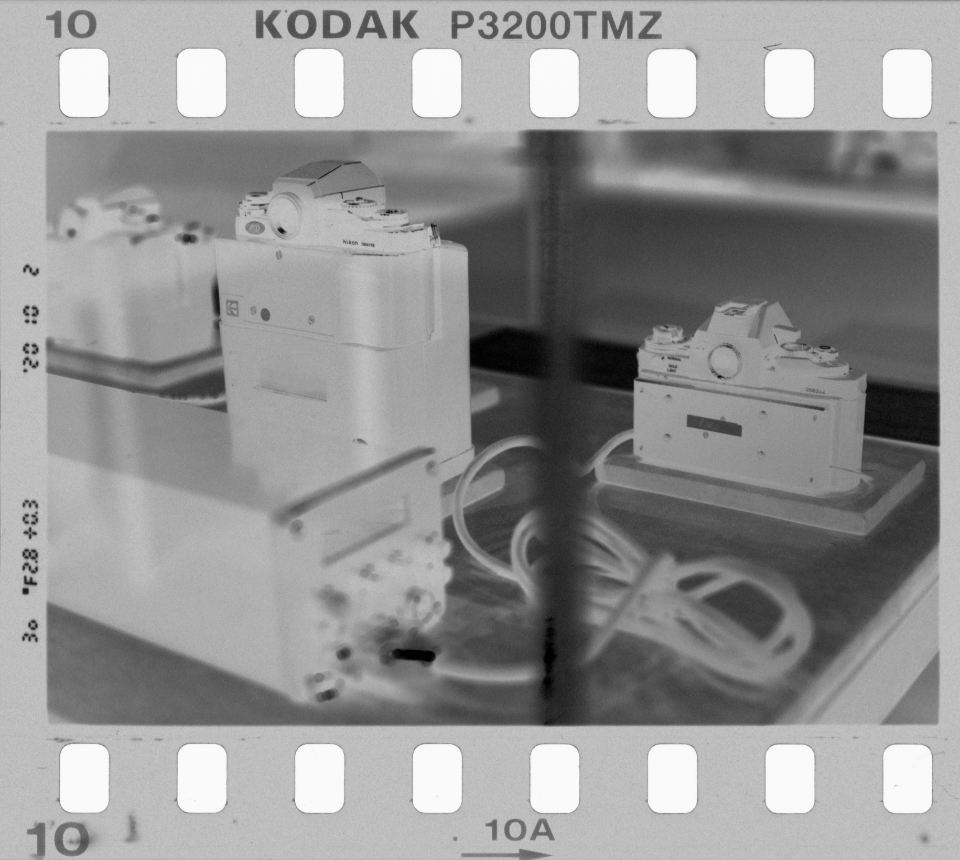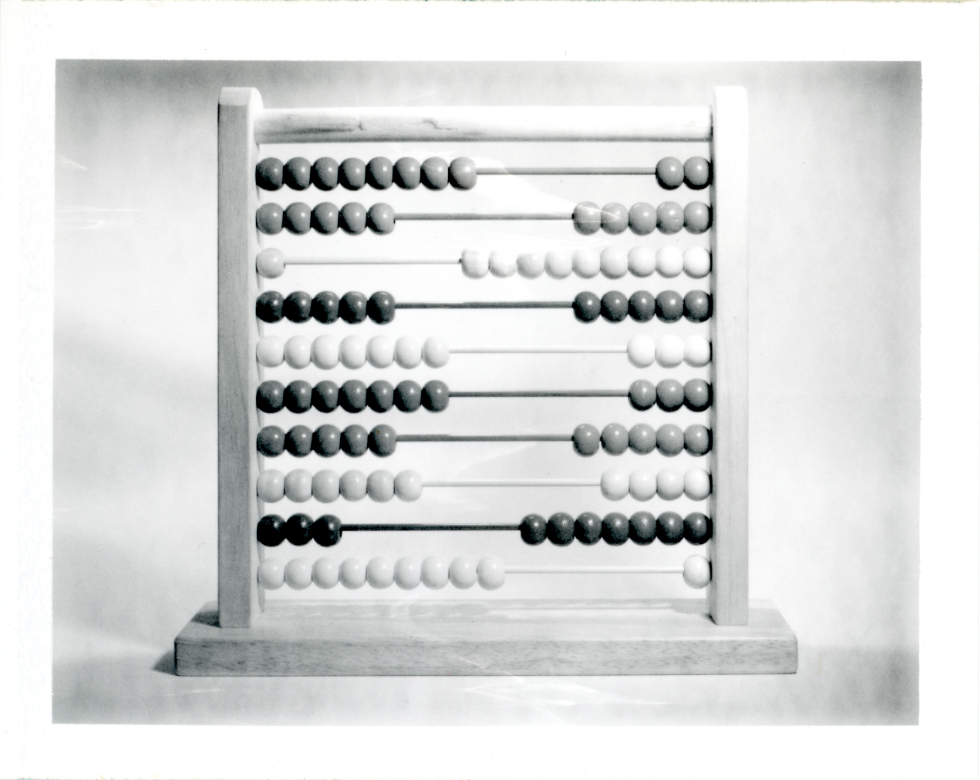
What Is a 'Photo?' What Is a Digital File?
My Reply to Joanna Stern's Question
This is my reply to an article published on the WSJ, on May 30, 2023: Reality Is Broken. We Have AI Photos to Blame, by Joanna Stern.
Dear Joanna Stern,
I am not an armchair philosopher. Still, I’d like to give you my answer to your: “I just have one question for all of you armchair philosophers: What even is a photo anymore?”
DEFINITION OF PHOTO
“Photo” is a word that has been stolen from its realm, misused and abused by marketing. I think the word “ur-photograph” might help to clarify. An “ur-photograph” is an original, permanent, unique physical record generated in the specific moment when three forces directly interact: the photons reflected by what I observe, the silver halide crystals layered in my film, and my decision to capture that moment in time. Such interaction instantly creates the latent image in the emulsion, later revealed to our eyes in the physical, final form usually called a photographic negative. The ur-photograph is unique; it bears an existential adventure sealed by its own light (see my CRITERION Webpage).
The genesis of an ur-photograph relies on a natural phenomenon. If we displace the direct interactions generating the ur-photograph by inserting computer processed electronic filters run by algorithms, we break the authenticity of the process. Right there, right then, reality is broken.
To understand photography, we must also discern the difference between an original and its reproductions, for example prints. Plotted dots of ink help the display of ur-photographs, but do not make them simply because they are processes that happen “out of the moment.”
Decades after the first experiments with digital imaging, we are still at square one: film cameras are the necessary tools to produce ur-photographs. Digital cameras produce digital files only.
THE DIGITAL FILE
Poles apart from paintings, sculptures, manuscripts, and ur-photographs there is the “digital file.” Digital files are MUTANT entities by design, invented to speed up the transmission of codes. One digital file could be explained as a microscopic abacus animated by software instead of our fingers. Software can generate meta-data with false information like “I am the first one, I am RAW, I am true, I am original,” and state the opposite a second after. Fact is, without feed-back to the real world, they can’t bear any authenticity. They are computed instantaneously, mutate at light speed, and therefore bear NO ORIGINAL STATUS. They are not a medium because they are mutant; they can’t bear any authorship. They are designed to help communicate an original message, not to displace it. Without the existence and the direct connection to an original, they create the VIRTUAL REALM.


I-AM-THE-ORIGINAL.JPG
EDITED? IT IS SOLELY GENERATIVE, NO MEMORY = NO HISTORY
AI “photos” shouldn’t be blamed. The addiction to convenience has to be blamed. Humans have decided to discard ur-photographs and to rely on the unreliable. How can you demonstrate that 01 is “edited’ and 10 is generated by AI? All the different software you cite, either “editing” software or generative, simply move beads of one electronic abacus, your realheadshotofjohannastern.jpg, which could also be named aigeneratedheadshotofjohannastern.jpg.
The different edits of your “photos” are simply reconfigurations of the electronic abacus. No trace of editing can be detected because there is no memory in an abacus position; you will never know what existed before. It is all computer generated imagery. In short, all your headshots are virtual, since nobody will ever be able to say 01 comes from a specific camera jpg file, or a retouching software, or both, and 10 from AI.
What I see on the WSJ webpage, “Here I am in my old job as a WSJ technology columnist” is not an original. Unless you have the ur-photograph, it is not real. Your “This is a real headshot. Taken by a real photographer, in a real studio,” same thing.
This is why software cannot be regulated by an external authority (governmental or other). Software, with the models and algorithms at the core of it, changes all the time and is sometime also unknown to human creators. Google Search App changes 6 times a day, according to what Google states. But, what do we know? We like to name it “Artificial Intelligence,” but the fabricated results we get could simply come from “Artificial Stupidity,” or “Because I Say So.”
WHAT IS REAL AND THE REAL EFFECTS OF THE VIRTUAL REALM
Reality is still there; we just avoid it by focusing on the realistic effects of the virtual realm. For example I often observe humans using their computing devices as mirrors. It seems we are giving priority to our virtual vanity and virtual fashion rather than what natural light shows. The act of taking a “photo” with our personal devices has drugged our perception. We believe screens now. Pixels are the new oracle. We have no clue of what the device actually does, but we believe. Reality is broken because we have become fanatics.
By placing electronic filters governed by unknown forces between reality and our senses, we have chosen to fall for virtual. In full denial, we believe the illusion to live as modern, up to date tech experts while we are actually used by tech corporations through their gadgets. The classic symptom of such denial is: “Well, it is like the train in the past; we just have to learn how to use it…” Rest assured, this time the “train” is taking you to the land of alienation while petting you with virtual games.
Let me also comment on your: by “true photo,” I mean one that captures a real moment—where you’re wearing your own boring clothes and your hair is just so-so, but you have the exact right number of teeth in your head.” Photoshop has nothing to do with photography; it is a graphic reconfiguration tool, no more, no less. Ask your photographer to be a real one by taking real “photos” with film and ask WSJ to show grit by publishing digital files that are faithful reproductions of what is on the negatives. Only then, you will get back to reality. You are not more real when you wear boring clothes or messy hair; in front of my film camera, you can wear the outfit you prefer, but you must choose. This is the open wound nobody wants to admit. For a photograph to be real, what you wear is irrelevant. Light from life is what makes it real, the actual photons you reflect, not pixels. Those photons won’t say you are a WSJ columnist, of course, but they show you exist.
The real consequences of the abuse of the virtual realm is the overwhelming amount of stimuli we receive and the mutation of our perception into a constantly growing entertainment addiction. It works hand in hand with the systematic destruction of skills such as questioning, emotional intelligence, endurance, resilience, critical thinking, and balance.
QUESTIONS
Photography was born when inventors succeeded in preserving the original interaction among light, matter, and human observation; so why does almost everyone in the arts, publishing industry, and education community call a digital file a photograph? After decades of photoshop, can’t we see that nobody can morph oxidized silver in a layer of exposed film? Can’t we see that each pixel is independent from the others in a matrix and that grain in emulsion is not? So, why did we give it the same name with a different adjective? Digital photo is an oxymoron. I think the misconception occurred 200 years ago, right after the invention of Niépce because mankind ignored the EXISTENTIAL property of photography and worshiped pictures. In other words, few of us care about ur-photographs, many fear them, and the rest asks for postcards. Now, shouldn’t we just expose the misconception, rather than considering this as taboo?
In the very same way, AI is a momentous opportunity to verify if we have any clue of what we are, of what it means to be human. If we do not reflect on this topic, we will mutate into cyborgs, cybernetic zombies buying gadgets; we will relinquish our technological talent and become manipulated without even knowing by whom. Looking throughout history, some armchair philosophers usually put the blame of horrible acts on a few, usually frustrated incompetent people, or on ideas, but the question we should ask is “How could we all fall for such a folly?” Instead of new effects, shouldn’t the WSJ start a new debate about the different values and views about humanity? For example, showing differences between Turing and Joseph Weizenbaum. The latter made it clear by stating: “I am a human being, and not merely a processor of symbolic information.” Let’s ask what progress means to our tech gurus, and check if what they do corresponds to what they claim. If progress is not clearly defined, imagine the confusion on the term “innovation.”
CONCLUSION
Beyond the example of photographic technology, there are other, different attempts to blur the line between virtual and reality. All the content accessible on the internet has a real meaning if it represents an original, from the US Constitution to Mona Lisa. We can read the text of the former on a webpage, but this means something solely because of one document written by hand with ink on paper physically located in Philadelphia. If you search “Mona Lisa,” Bing and Google won’t find it. You won’t see it; you’ll see pixels. The only way we can see Leonardo’s painting is to go to Paris. Virtual cannot replace the experience of the original.
On the WSJ I read AI “gurus” now warn us about extinction. As an engineer, I believe it is fundamental to understand the essence, which means the limitations, of any technology. A simple example, AI creates codes, but it shouldn’t be used as an oracle. To be healthy humans, we need anchors to what is real first and then treat a fantasy for what it is. I believe these interdisciplinary philosophical, semantic and technical questions lead us to confront ancient challenges, namely, our relationship with reality and our tendency to escape it by embracing fanaticism. This is what I started to inquire with my book, about 10 years ago. I would love to learn more, with others’ help.
Luigi Cassinelli
Photographer, Engineer, Author of “The Photographer’s Choice,” 2015.
June 6 2023

Bibliography
Barthes, Roland. Camera Lucida. New York: Hill and Wang, 1981.
Barzun, Jacques. Clio and the Doctors. The University of Chicago Press, 1974.
Bernays, Edward. Propaganda (1928, Renewed 1955). Desert Books.
Cartier Bresson, Henri. The Decisive Moment. New York: Simon & Schuster, 1952.
Frankfurt, Harry G. On Bullshit. Princeton University Press, 2005.
Hoover, Stewart V. and Perry, Ronald F. Simulation, A Problem-Solving Approach. Addison-Wesley, 1989.
Mitchell, William J. The Reconfigured Eye: Visual Truth in the Post-Photographic Era. MIT Press, 1992.
McCullin, Don. Unreasonable Behaviour. New York: Alfred A. Knopf, Inc., 1992.
Mulas, Ugo. La Fotografia. Torino: Einaudi, 1973.
Newhall, Beaumont. The History of Photography. New York: The Museum of Modern Art, 1982.
Singh, Simon. The Code Book. New York: Anchor Books, 2000.
Trachtenberg, Alan. Classic Essays on Photography. New Haven: Leete's Island Books, 1980.